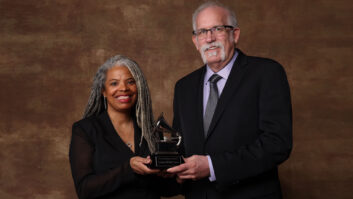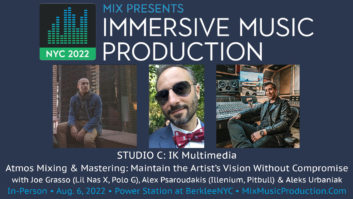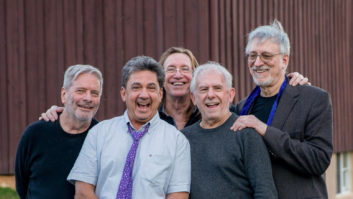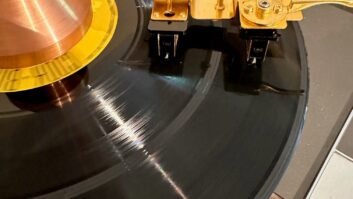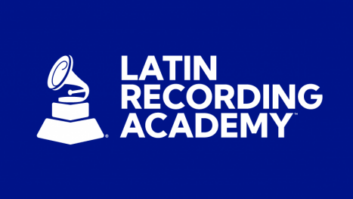Top Mixers Chuck Ainlay, Chris Lord-Alge and Tony Maserati Share Their Personal Approaches to Mixing at GRAMMY SoundTables® Event Moderated by Nile Rodgers at AES

SANTA MONICA, Calif. (October 27, 2009) — A full program of events, seminars and workshops captivated audiences at the 127th AES Convention in New York City, with no event more packed than the 21st Annual GRAMMY SoundTables®: “MWA! – Mixing with Attitude.” The Recording Academy® Producers & Engineers Wing® brought together GRAMMY®-winning mixers Chuck Ainlay (Nashville), Chris Lord-Alge (L.A.) and Tony Maserati (NYC) on stage to discuss their mixing approach, with songwriter/producer Nile Rodgers as moderator. The conversation flowed from the mixers’ technical preferences to workflow to creative ownership, segueing into a listening session, with behind-the-scenes details provided by each mixer on a choice track.. Hit songs
by Lee Ann Womack (“Solitary Thinking,” mixed
by Ainlay), Green Day (“East Jesus Nowhere,” mixed by Lord-Alge) and Keri Hilson featuring Akon (“Change Me,” mixed by Maserati) showcased recent work by each mixer. The session ran from 2:30 p.m. – 4 p.m. on Saturday, Oct. 10, and offered priceless mixing tips and tricks spanning musical genres, workflow styles and the current related technical and industry challenges.
“I like to think that I mix in the same way that a fan listens to music,” Maserati shared. “I listen to the rough mix, put the tracks up and start pulling things down, as I’m A-B’ing against the rough. Then, I’ll grab elements that I think are the highlights of the song. And, it could be a part that’s a total after-thought. The ‘mistakes’ or after-thoughts are so often the magic.”
Lord-Alge noted that as he begins each project, he asks himself, “What kinds of problems do I have to solve? And, how much time do I have?” The most important thing, in his experience, is preserving a fresh perspective throughout the project. “I don’t even want to know the song. I want to learn it when I print it because with music, the biggest problem is the more you hear it, the more it solidifies in that form. So, I put everything up at once and I start automating immediately. The real excitement happens just by going after it right away, and mixing it almost in one pass. It’s totally artistic, like painting; it’s a reckless abandonment.”
To a large extent, the approach and mixing technique employed by these mixers is client-driven, and often they receive input from their clients in real-time thanks to current interactive communications technology. Sometimes from his studio in the Berkshires, Maserati works with clients all over the world, at all hours, allowing clients to participate in the mixing process remotely. “My clients are very involved through live streaming, and their comments help me find new directions on issues I might be having,” said Maserati. “They’re out there listening on headphones, which may not be the best way to work, but we’re getting work done.”
Meanwhile, Ainlay regularly has clients in during mix sessions at his facility on Music Row, and believes their presence helps get the job done. “One of the reasons I like working on an analog console is because you have to commit,” he notes. “When you know the artist will be showing up, the mix always seems to come together in that last half hour before they do.”
The mixers all agreed that the effort spent trying to emulate the work of mixers they admire results in uniquely successful work of their own. Maserati explained, “I think my sound comes from listening to Chris’ and Chuck’s and your records [to Rodgers], and wanting my snare to sound as good. And I could work on it for days and months and it may never sound that good, but it would sound different. It would sound like me.”
Maureen Droney, Senior Executive Director of the Producers & Engineers Wing, who introduced the panelists, stated, “The collected work of these gentlemen represents a catalog of music that keeps the bar high for excellence in mixing. We’re thrilled to have them here together sharing their knowledge, experience and passion.”
